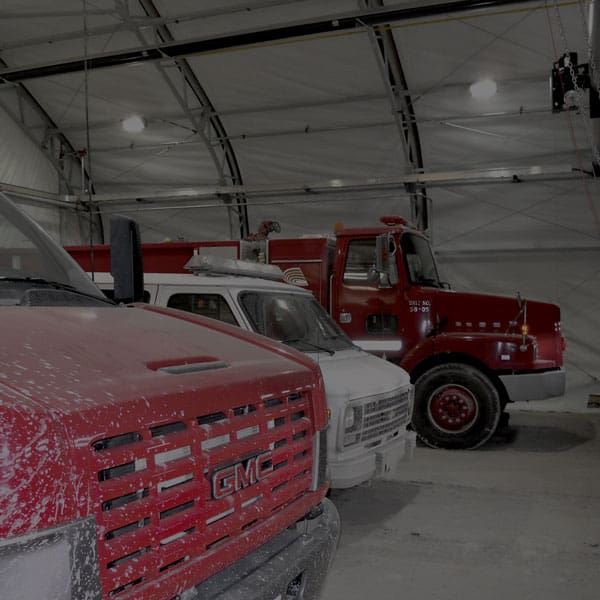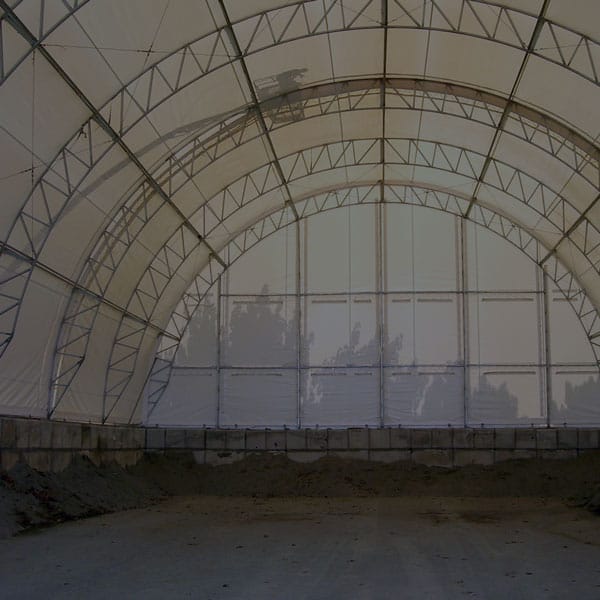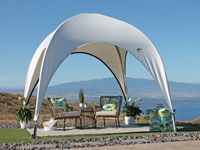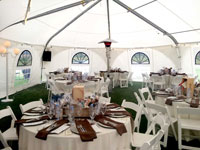On-Site Warehousing and Storage Buildings Delivered On Time and Within Budget
Engineered fabric buildings from Alaska Structures® offer many time-saving advantages. These advantages allow your team to construct on-site warehousing and storage buildings in a fraction of the time compared to other prefabricated building solutions or typical construction methods. All our on-site warehouses and storage buildings feature open-span designs that don’t require interior support columns. In turn, this maximizes interior space for storing supplies, equipment, machinery and vehicles.
Alaska Structures has delivered more than 29,000 fabric buildings on time and within budget to 85-plus countries. No other fabric building provider comes close to matching our expertise and experience.
Additionally, our dedication to engineering safe, fast and reliable building systems capable of enduring prolonged use in extreme climates is second to none. For hot or cold temperatures, we can add our proprietary insulation and HVAC systems to any of our fabric buildings to create a temperature-controlled warehouse.
Fabric Storage Buildings for Any Purpose
We work closely with facility directors, site managers and warehouse supervisors to provide fabric storage buildings that address specific on-site warehousing and storage requirements. Choose from a large selection of options to create the ultimate storage facility:
- Personnel doors
- Equipment doors
- Lighting and electrical systems
- Insulation packages
- HVAC systems
- Flooring and partition systems
Clients can install our relocatable building systems as temporary warehouses or use them year-round for any warehousing and storage operation.
Popular applications for our on-site warehousing and storage buildings include the following:
A large on-site warehouse for storing equipment using a DAGB Series™ fabric building from Alaska Structures.
Complete our online form to request a quote or discuss your on-site warehousing and fabric storage building needs!
The Advantages of Engineered Fabric Buildings From Alaska Structures
We engineer our high-performance buildings to meet area-specific wind and snow loads for safety, as local codes or the International Building Code (IBC) requires.

American-made craftsmanship using the highest quality materials

Lean manufacturing techniques that reduce production waste

Low-cube shipping that reduces the logistic burden and cost of transportation to remote sites

Few tool and foundation requirements

Less site preparation work required

Drastically shorter construction times

Highly portable buildings that clients can easily relocate or leave in place as permanent solutions

Virtually maintenance-free

Industry-leading longevity and rugged durability




















































































